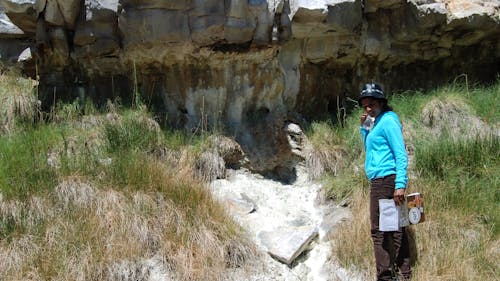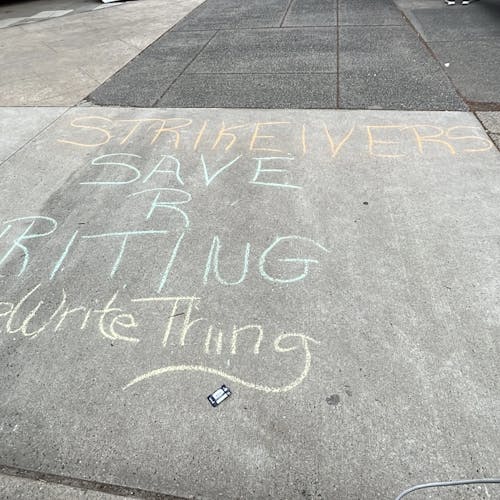Postdoctoral associate aims to solve environmental issues

A Rutgers—Newark postdoctoral associate is trying to improve scientific knowledge about how metal cycles through the environment.
Inoka Widanagamage, a postdoctoral associate in the Department of Earth and Environmental Sciences, specializes in environmental geochemistry. She completed her doctorate at Kent State University last year, and began research at Rutgers—Newark.
Her research interest overlaps environmental geochemistry, biogeochemistry and stable isotope geology. Currently, her research is focused on trace metals in biogeochemical cycles.
“In my current research, I am trying to employ some of the techniques and skills that I used in my PhD in order to understand how different trace elements are cycling in the sediment (and) how they correlate with the formations in the White Sands Monument,” Widanagamage said.
Trace metals are metals that living things need in very small quantities, such as iron, magnesium and zinc, according to the Canadian Environmental and Natural Resources Department website. Trace metals normally occur at low levels in the environment.
The White Sands Monument is a national monument in New Mexico. According to the National Park Service website, it is a 275-square-mile dune field made of gypsum sand.
Her current project involves analyzing samples from the White Sands Monument to better understand the role of microbes in metal cycling in extreme environments. Studying the effect that microbes exert on their chemical environment can help scientists understand primordial life.
“Geochemistry is a very good tool,” Widanagamage said. “You can analyze trace metals, water, sediment and microbes.”
She published articles in December 2014 and September 2015 about the breakdown of a stable strontium isotope in barite, a type mineral.
“I would really like to extend my research capabilities to overcome some environmental issues in the United States,” Widanagamage said. “Using my knowledge on environmental geochemistry, I am proposing some work to study some heavy metal-polluted water in order to develop a technique where I can treat (it).”
Heavy metals are denser metals such as lead, mercury and cadmium, according to the British Medical Bulletin. They are known to have adverse effects on health.
The Passaic River, which suffers from significant pollution, is a possible area of research, she said. She hopes to work on a practical project rather than a theoretical one.
Layers of pollutants sit at the bottom of the lower-end of the Passaic River, according to the National Public Radio website. This was caused by decades of industrial waste being dumped into the river.
Her long-term goal is to help society with her knowledge, she said. She hopes to continue work as a researcher and possibly take on a teaching position in addition to research.



